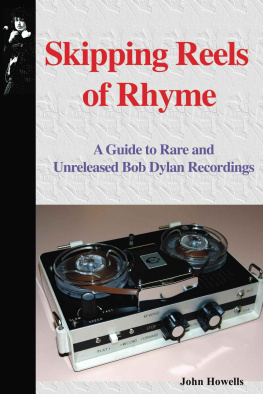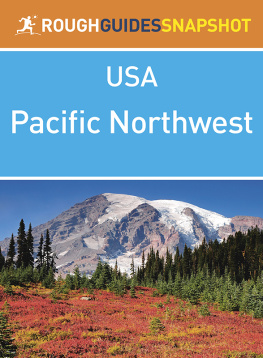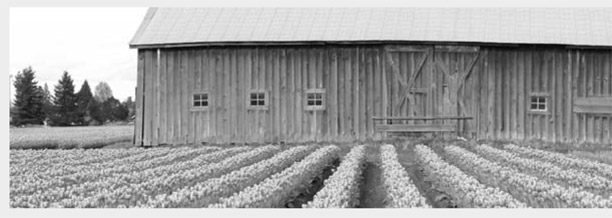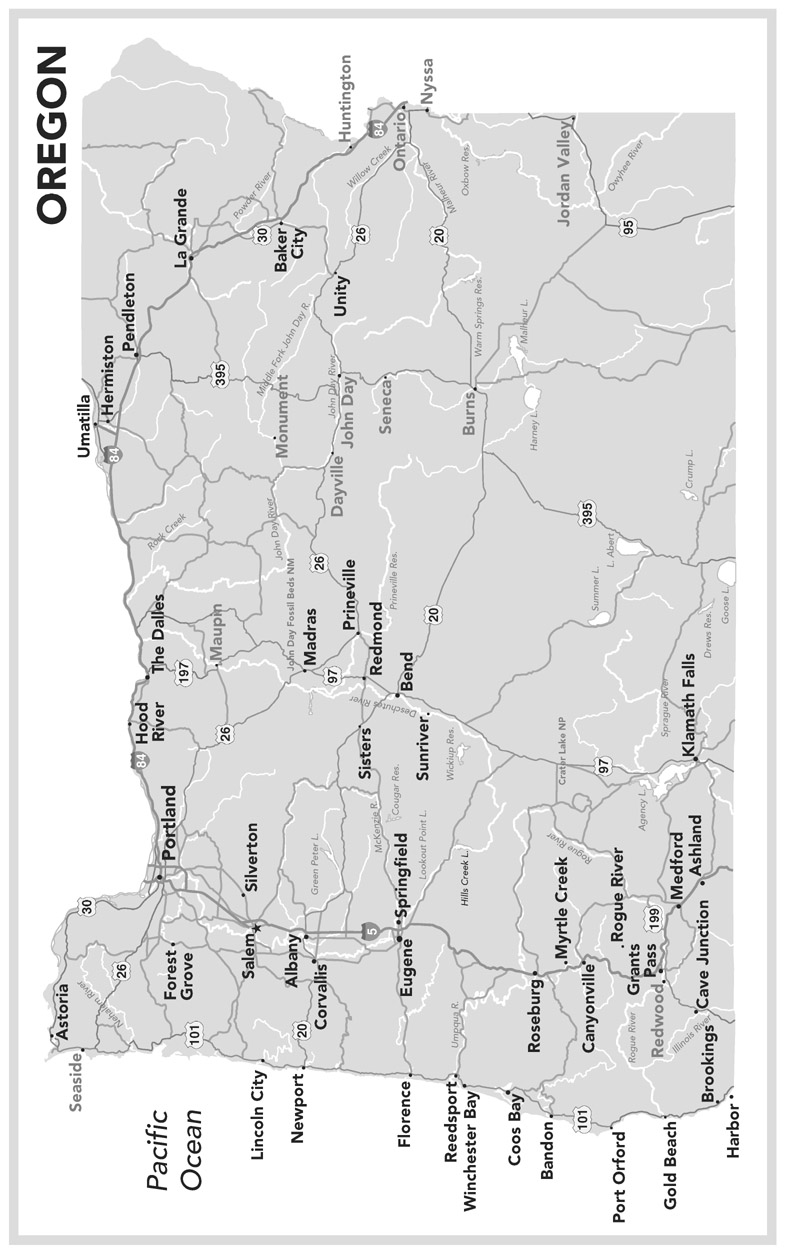ABOUT THE AUTHORS
JOHN HOWELLS
John was born in New Orleans and grew up in suburban St. Louis. He and his wife Sherry divide their time between living in California and Costa Rica. John has worked on newspapers from coast to coastforty in all. He has been a Linotype operator, a travel and feature writer, English teacher, and computer programmer. He is the author and co-author of more than a dozen nonfiction books and served for several years on the board of directors of the American Association of Retirement Communities.
RICHARD HARRIS
Richard is the author of forty-one travel-related books and has edited or produced nearly 300 books for numerous travel publishers, including Insight Guides, Berlitz Guides, Fodors Guides, Birnbaum Guides, Access Guides, and John Muir Publications. When hes not traveling, Richard resides in Santa Fe, New Mexico. He is a past president of PEN New Mexico and current president of the New Mexico Book Association.
CHAPTER ONE
OREGON
Oregons dramatic collection of varied landscapes provides a broad range of choices for retirement living. Theres something here for everyone. Rugged seascapes and coastal mountains contrast nicely with inland valleys and fertile plains. High mountain passes in the Oregon Cascades resolve into the lava beds and Ponderosa pines of the high desert and the magnificent waterfalls and cliffs of the Columbia Gorge. You can test your luck with salmon, steelhead, sturgeon, or bottom fishingfrom the banks of a river, an ocean boat, or in a sunny forest glade. The best part is that the overwhelming majority of acreage in Oregon is publicly owned, with national forests and deserts open to everybodyfor hiking, camping, and general outdoor enjoyment.
Oregons fabulous natural beauty is only one reason the state is a strong contender for retirement consideration. Other reasons for retiring here are friendly neighbors, small towns occupying the banks of leisurely flowing rivers, and sophisticated cities with wonderful cultural offerings. Oregon is also prized for its mild weather, a place where you feel obligated to spend time outdoors. Hiking and bike paths lead you through evergreen forests, along riverbanks, landscaped city parks, whatever you choose. Stroll along the beach in the early morning and watch for whales, accompanied by the sight and sound of ocean breakers crashing on the beach. You can hike forest trails, raft through white-water rapids, or take your outdoor exercise in city parks, shopping malls, and outlet centers.
Oregon: The Beaver State
The 33rd state to enter the Union; admitted February 14, 1859
State Capital: Salem
Population: 3,217,000; rank, 29th
Population Density: 32 per square mile; urban, 70%, rural, 30%
Geography: 10th state in size, with 96,003 square miles, including 1,091 square miles of water surface and 28 million square acres of forested land. Highest elevation: Mount Hood, 11,239 feet. Lowest elevation: sea level at the Pacific Coast.
Average elevation: 3,300 feet.
State Flower: Oregon grape
State Bird: Western meadowlark
State Tree: Douglas fir
State Song: Oregon, My Oregon
At one time, Oregon offered some of the best housing bargains in the country, considering the high quality of life that goes with living here. For a long time, the states economy stagnated because of a near-collapse of fishing and timber industries. As jobs disappeared, laid-off Oregon residents sold their homes for whatever they could get. The bargains were snapped up by eager newcomers who were looking for retirement locations.
Then, toward the turn of the new millennium, economic prosperity made a comeback. Well-off retirees took advantage of home bargains and increased wages for working families caused an increase in property values. Following the national trend, yearly real estate appreciation was astounding. However, since home prices started with lower price levels than most parts of the nation, the total rise in real estate was not as steep as some other regions of the country.
The bottom line is, although Oregon real estate is no longer the bargain of a few years ago, quality housing here still sells for less than similar housing in other popular retirement states such as California, Arizona, or Florida. So the bargains are still here, in comparison with other parts of the country.
WHAT ABOUT OREGONS WEATHER?
Doesnt it rain a lot in Oregon? Many people picture Oregon as a place of ceaseless rain, a place where ducks carry umbrellas. I admit that I once believed this myself. But after living in Oregon for a while, I realized that Oregon weather receives lousy press. When my wife and I lived at our Rogue River home, we enjoyed as much sunshine as we did when we lived in coastal California. The rainfall was almost identical, about 20 inches a year. Most midwestern and eastern locations of the country receive two to three times that amount of rain, plus four to ten times as much snow. We never owned a snow shovel when we lived in Oregon, and neither did our neighbors. The snow melted before we could shovel, anyway. (Thats not to say it cant snow heavily around the Rogue River region where we lived; it just didnt happen to snow more than a couple of times during the three years we lived there.)
The exceptionwhere this reputation for rain is somewhat deservedis Oregons Pacific Coast. Places like Astoria, Reedsport, and Brookings usually receive more than 60 inches of rain per year. Yet thats only slightly more rain than some Florida cities get, places such as Miami and Pensacola. For those who live on the Oregon coast, the abundance of rain is more than offset by the absence of snow and ice. (Some coastal locations have flowers blooming year-round.) The rest of Oregon draws less rain than many places considered to have great climates.
Oregons rain, like Californias, falls between late November and March. Summers are sunny and dry with nothing more than an occasional thundershower. Take a look at the chart below. This shows some Oregon towns which are profiled here, compared with randomly selected cities from other parts of the United States.
Still, its true that sometimes it seems as if Oregon gets much more rain than statistics indicate. This is because in some regions, rain tends to fall gently and slowly upon the landscape, mostly in the winter, and over long periods of time while it builds up the accumulated totals. And along the coast, low clouds can hang around for days upon end, even when it isnt raining, giving the impression of potential rain.
Comparative Annual Rainfall and Snowfall
| Oregon Cities | Other U.S. Cities |
| Rain | Snow | Rain | Snow |
| Astoria | 69 | 5 | Murray, KY | 47 | 13 |
| Burns | 10 | 46 | Buffalo, NY | 37 | 92 |
| Eugene | 46 | 6 | Flagstaff, AZ | 21 | 96 |
| Grants Pass | 22 | 4 | Atlanta, GA | 48 | 2 |
| Medford | 20 | 8 | Cincinnati, OH | 40 | 23 |
| Pendleton | 12 | 18 | Charleston, SC | 52 | 1 |
| Portland | 37 | 7 |







